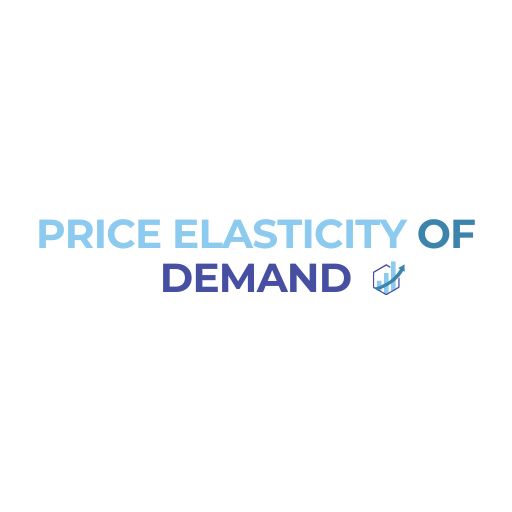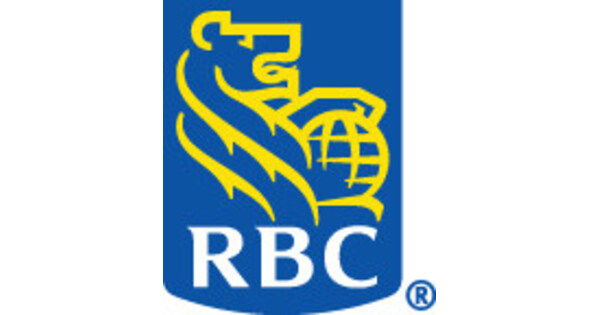Many mutual fund investors often consider the new year the best time to decide on their investment strategy for the upcoming year. Many individuals start or plan to start their investment journey during this time. However, most of them don’t actually begin investing because they are confused about which mutual fund schemes they should choose.
With the start of 2025, ETMutualFunds asked mutual fund advisors for their advice on where investors should allocate in the current market and what allocation should be made in their portfolios. We classified mutual fund investors into three different risk profiles: conservative, moderate, and aggressive.
In 2025, the Nifty and BSE Sensex have gained 1.52% and 1.38%, respectively, in the first three trading sessions.
Conservative investors
For conservative investors, a mutual fund expert recommends focusing on a balanced approach to capital preservation and modest growth, with investments tailored to their time horizon. For short durations, low-risk instruments are ideal. For a longer horizon, a mix of debt and equity becomes relevant.“Focus on a balanced approach to capital preservation and modest growth, with investments tailored to the time horizon. For shorter durations (1-3 years), low-risk instruments like Fixed Deposits (FDs), short-term debt funds, and government bonds are ideal. For longer horizons (3-5+ years), a mix of debt and equity becomes relevant, with equity exposure taken through stable options like balanced advantage funds, multi-asset funds, and marginally through Nifty index funds,” recommends Shinde.“The objective of a conservative portfolio is to achieve better post-tax returns than traditional instruments like fixed deposits while maintaining stability and limited risk. These investment options provide diversification and limited equity participation, aligning with a conservative risk profile while leveraging growth opportunities,” he further explains.
Commenting on allocation, Shinde advises that conservative investors should allocate 70-80% to debt instruments, with the remaining 20-30% allocated to equity, primarily through balanced advantage and multi-asset funds. A small allocation can also be made to Nifty index funds for consistent market participation.
Also Read | Explained: How to handle a missed mutual fund SIP contribution
“For conservative investors, asset allocation should ensure stability while allowing for modest growth. For a 3–5-year horizon, allocate 70-80% to debt instruments like FDs, government bonds, and debt mutual funds to preserve capital and offer steady returns. The remaining 20-30% can be allocated to equity through balanced advantage and multi-asset funds, which provide conservative equity exposure with added diversification. A small portion of equity (5-10%) can also be allocated to Nifty index funds for consistent market participation. This allocation framework is designed to outperform traditional fixed-income instruments on a post-tax basis while remaining aligned with the conservative risk profile,” Shinde advises.
Moderate investors
For moderate investors, the mutual fund expert recommends that for short durations, debt instruments such as FDs, short-term debt funds, and government bonds are ideal. For medium to long durations, the portfolio should ideally be distributed between equity and debt.
“Moderate investors seek a balance between stability and growth, tailoring investments to their time horizon. For short-term goals (1-3 years), the focus should remain on debt-related instruments like Fixed Deposits (FDs), short-term debt funds, and government bonds, ensuring capital preservation and liquidity. For medium to long-term horizons (3-5+ years), the portfolio should ideally be distributed more evenly between equity and debt, with 50-60% in debt and 40-50% in equity,” Shinde advises.
“Equity exposure should focus on large-cap stocks through diversified options like balanced advantage funds, flexi-cap funds, or multi-asset funds, while incorporating 5-10% exposure to mid-cap and small-cap equities via multicap or large-and-mid-cap funds. The objective of a moderate portfolio is to achieve a balance of stability and growth, targeting returns that consistently beat inflation and offer meaningful post-tax gains over the long term,” he adds.
On allocation, moderate investors should allocate 90-100% to debt instruments for a short time period. For a long horizon, a balanced approach of 50-60% in debt and 40-50% in equity is ideal. In equity allocation, the major exposure should be in large-cap equities through balanced advantage funds, flexi-cap funds, or index funds, with 10-20% in mid-cap and small-cap via multicap and large-and-mid-cap funds.
Also Read | SIP vs STP: How to choose the right path to wealth building
Aggressive investors
For aggressive investors, the expert recommends that over a long horizon, they can allocate a significant portion to equities, following a 60:20:20 philosophy with 60% in large-cap equities, 20% in mid-cap equities, and 20% in small-cap equities.
“Aggressive investors aim for high returns and are willing to accept greater risk, particularly over a longer horizon. For short-term goals (less than 2 years), the strategy should remain conservative, with investments in debt instruments such as Fixed Deposits (FDs), short-term debt funds, and government bonds to ensure capital preservation and liquidity. For long-term goals (5+ years), aggressive investors can allocate a significant portion (70-80%) to equities, following a 60:20:20 philosophy, with 60% in large-cap equities, 20% in mid-cap equities, and 20% in small-cap equities,” recommends Shinde.
“This approach ensures diversified equity exposure aligned with a high-growth profile, while the remaining 20-30% in debt instruments offers a cushion against market volatility. The objective of an aggressive portfolio is to achieve significant capital appreciation over time, consistently outpacing inflation and building wealth,” he adds.
Also Read | Bank, financial services MFs lagged in 2024. Will the new year be better?
Commenting on the allocation, Shinde advises that aggressive investors should allocate 70-80% to equities and 20-30% to debt instruments. A 60:20:20 allocation—60% in large-cap equities through index funds, flexi-cap funds, or balanced advantage funds; 20% in mid-cap equities via actively managed mid-cap funds; and 20% in small-cap equities through actively managed small-cap funds—is advised.
“For aggressive investors, the portfolio allocation should reflect their risk appetite and time horizon. For short-term goals (less than 2 years), 90-100% of the portfolio should remain in debt instruments like short-term debt funds, high-quality corporate bonds, and government securities to safeguard capital. For long-term goals (5+ years), allocate 70-80% to equities and 20-30% to debt instruments,” said Sagar Shinde.
He adds, “Within the equity portion, follow a 60:20:20 allocation: 60% in large-cap equities through index funds, flexi-cap funds, or balanced advantage funds; 20% in mid-cap equities via actively managed mid-cap funds; and 20% in small-cap equities through actively managed small-cap funds. This strategy ensures robust diversification and maximizes growth potential by leveraging the higher risk-return dynamics of mid-cap and small-cap funds while maintaining a stable core through large-cap equities.”
One should always choose a scheme based on their risk tolerance, investment horizon, and goals.
(Disclaimer: Recommendations, suggestions, views and opinions given by the experts are their own. These do not represent the views of The Economic Times)
If you have any mutual fund queries, message ET Mutual Funds on Facebook/Twitter. We will get them answered by our panel of experts. You can also share your questions at [email protected] along with your age, risk profile, and Twitter handle.











Leave a Reply